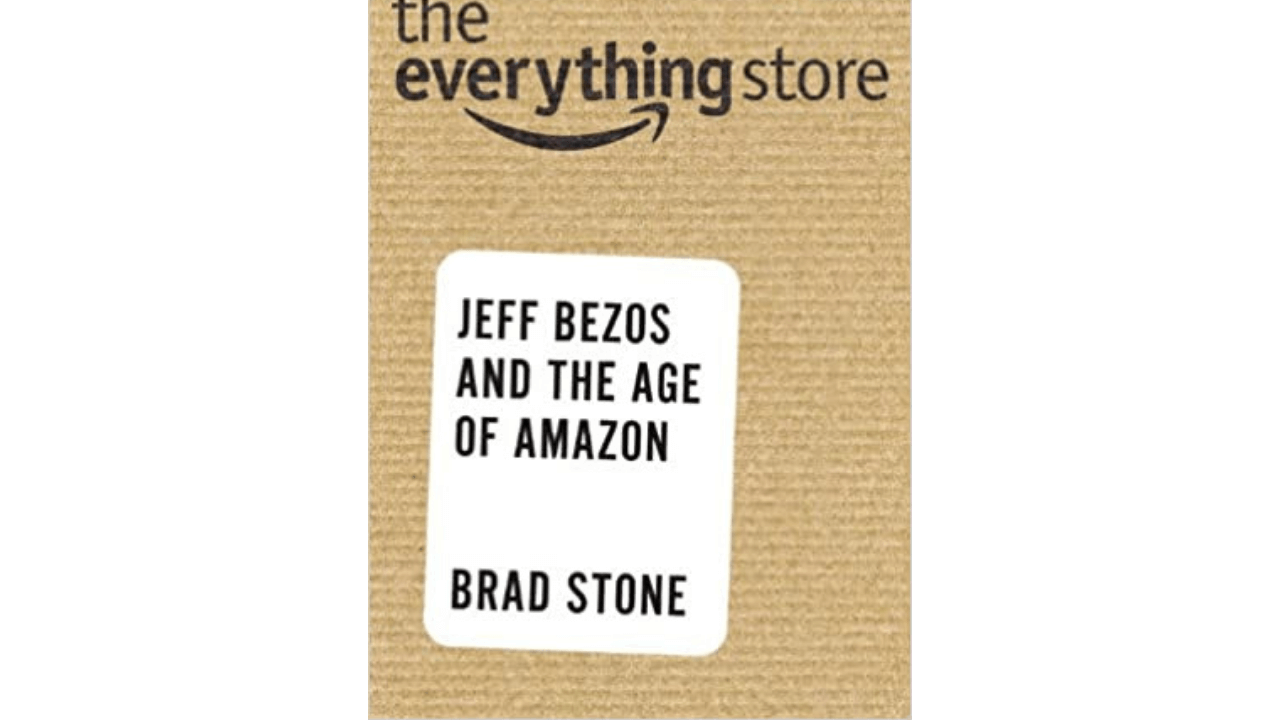


In its early days of creative chaos, Amazon seemed to want to use the Internet to expand the potential of readers and publishers alike. The company’s founder, Jeff Bezos, a Princeton- educated computer scientist and former Wall Street hedge fund strategist, had married a novelist he often expressed a passionate devotion to books, particularly science fiction and management guides. Yet at first, Amazon seemed innovative and supportive. Book publishers with exceptional foresight may have understood that they “had to view Amazon as both an empowering retail partner and a dangerous competitor,” as Brad Stone puts it in The Everything Store, his deeply reported, fiercely independent-minded account of Amazon’s rise. In the mid-1990s, when Amazon emerged as an online bookseller, publishers welcomed the company as a “savior” that could provide an alternative to the stifling market power of that era’s dominant chain stores, Barnes & Noble and Borders.


 0 kommentar(er)
0 kommentar(er)
